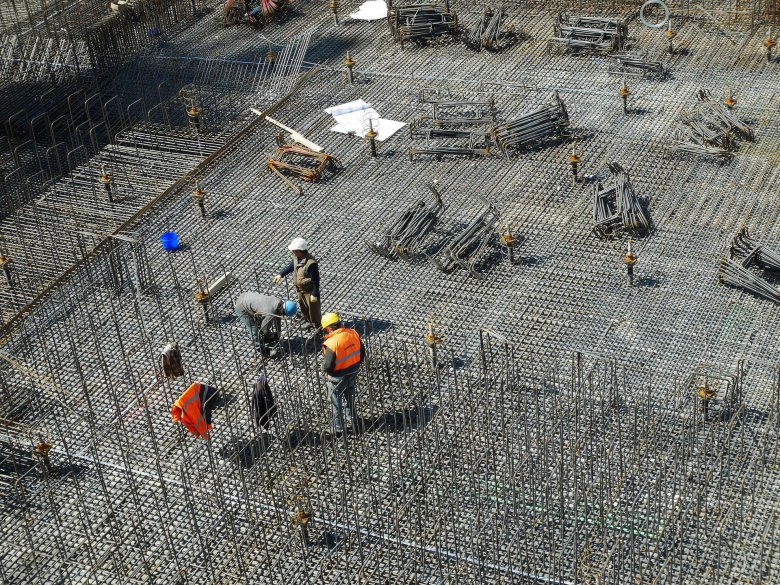- April 25, 2024

Effective protection of a building against moisture is an important investment, which in the long run avoids many problems. Waterproofing films are very popular in this respect. They are relatively cheap and durable, and at the same time have excellent insulation properties. Thanks to this they are ideal for both ordinary houses and larger buildings.
At first glance, this waterproofing membrane does not differ much from the standard membrane used in gardens, for example. But it has completely different attributes. It is characterized primarily by much greater strength and resistance to mechanical damage. Made of special plastics, they are impervious to water and moisture under no circumstances. Such foil is commonly used in construction industry. It can be used to protect many different elements of a building.
There are several basic types of waterproofing films. The first one is a flat foil, very common in modern building industry. They can be manufactured from PVC, polyolefin or polyethylene. Such a foil can be laid in several layers, which after appropriate joining form a so-called overlap. Flat foil has a thickness from 0.1 to 0.4 mm. Its placement on the wall is not difficult, although the surface should be primed and thoroughly cleaned beforehand. Flat foil is usually used on vertical insulations of walls and foundations. It is also used in horizontal insulation and as a base for some types of floors, especially panels. Such foil is also characterized by damping properties, which increases the comfort of use of the room.
The second type is pressed film. It has a characteristic appearance. On its surface there are, as the name suggests, embossed patterns - usually square or round. Such a structure prevents the foil from adhering to the wall with its entire surface. Instead, it creates a special space between itself and the wall in which moisture accumulates. Due to the air permeability, the moisture accumulating there can freely evaporate. Compared to flat film, the film is embossed thicker - about 0.6 mm thick - and more durable. It can be fixed to the wall with dowels or slats; it is important that they have special ventilation openings. Embossed foil is used for insulating walls and foundations - both walls and foundation slabs. It can also be used for horizontal insulation of floors and terraces.
There is also a liquid waterproofing membrane. It is a great solution to the problem of insulation of hardly accessible, hidden corners, which are difficult to reach with standard insulation materials. As the name suggests, the film is initially liquid. It is most often applied to surfaces by spraying. After application, the film hardens, forming a tight layer and providing excellent insulation. Different materials are used for the production of such films. Most often these are polymeric and bitumen polymeric mixtures. This method of insulation is very effective, as it ensures that even the deepest corners of the building will be adequately protected against moisture and heat loss. This is particularly true for insulating attics, where there are often many cavities that are difficult to access. Unfortunately, it is a relatively expensive technology, but its excellent results and efficiency make it an excellent investment.